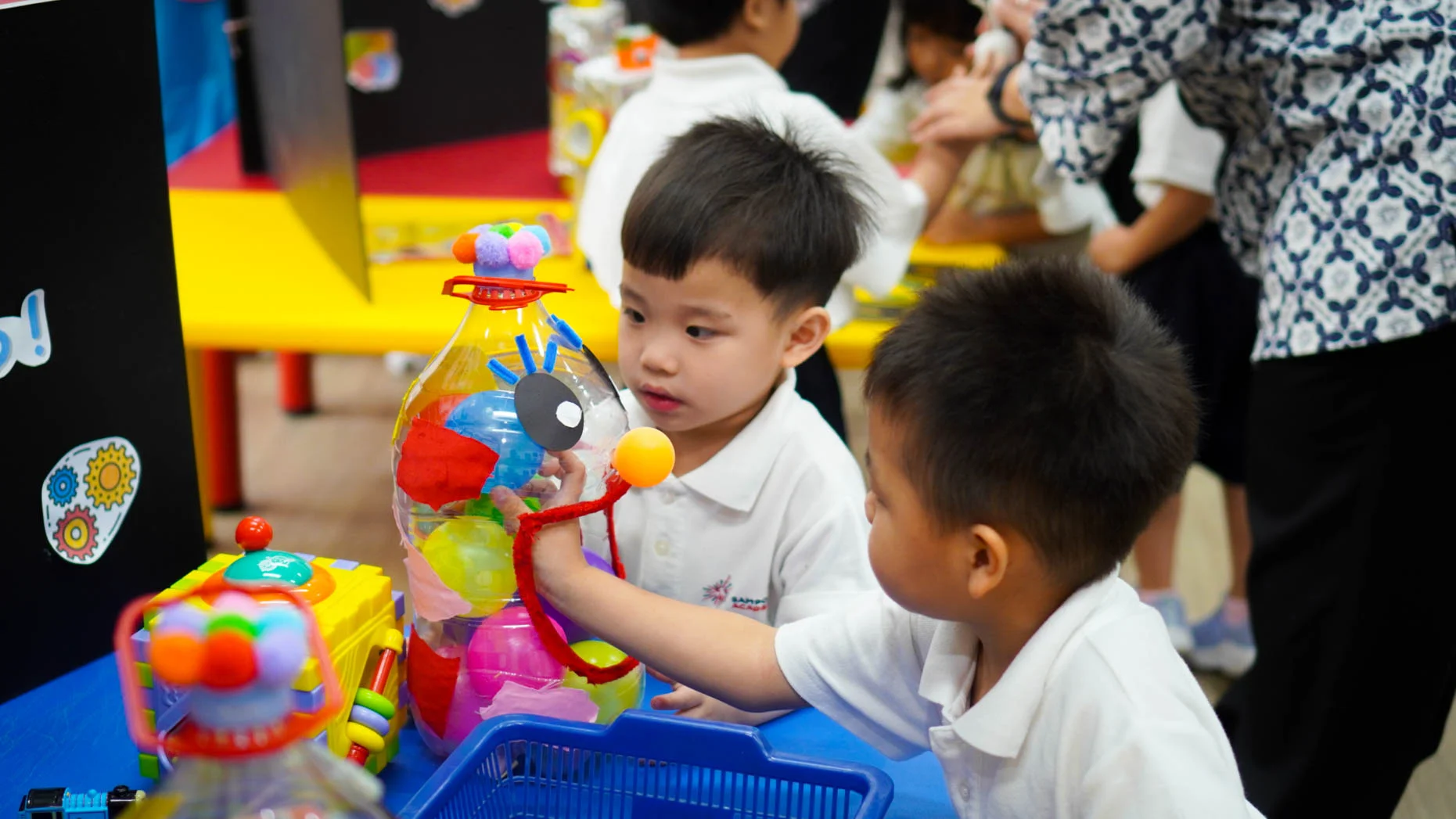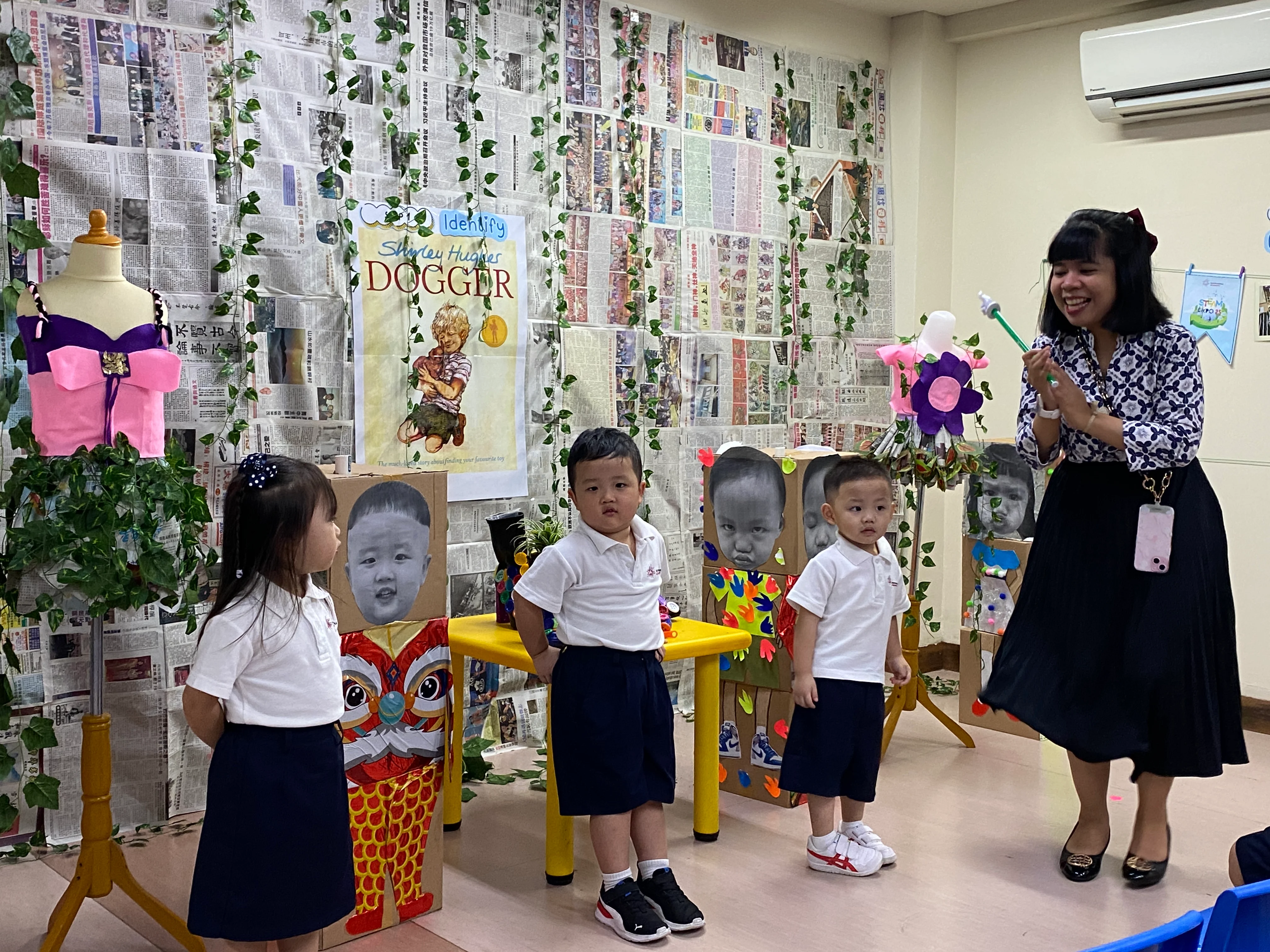Collaborative learning spaces in elementary schools are becoming increasingly important as educators look for ways to engage students and promote social and emotional development. These spaces allow students to work together in groups, encouraging teamwork, communication, and problem-solving skills. In this article, we will explore the benefits of collaborative learning spaces and why they are essential in today's elementary schools.
One of the main advantages of collaborative learning spaces is that they foster a sense of community among students. When students work together in groups, they learn to trust and rely on each other, which helps to build strong relationships and create a positive school culture. Additionally, collaborative learning spaces allow students to share their ideas and perspectives, which can lead to a deeper understanding of the subject matter.
Another benefit of collaborative learning spaces is that they promote critical thinking and problem-solving skills. When students work together to solve a problem or complete a project, they must think creatively and critically to come up with solutions. This type of active learning helps students to develop important skills that will serve them well in the future.
In addition to the academic benefits, collaborative also support the social and emotional development of students. When students work together in groups, they learn to express themselves effectively, listen to others, and resolve conflicts. These are essential life skills that will serve students well both in and out of the classroom.
In conclusion, collaborative learning spaces are essential in today's elementary schools. They foster a sense of community, promote critical thinking and problem-solving skills, and support the social and emotional development of students. As educators continue to search for new ways to engage students and prepare them for the future, it is important that they explore the benefits of collaborative and consider incorporating them into their classrooms.




Why is Collaborative Learning Important for Young Learners
Collaborative learning is a teaching method that emphasizes teamwork and cooperation among students. It is a powerful tool for young learners as it helps them to develop important social, emotional, and cognitive skills. At Sampoerna Academy, collaborative learning is a key component of the curriculum as it helps students to think critically, communicate effectively, and work together to solve problems. One of the main benefits of collaborative learning is that it promotes a sense of community among students. When students work together in groups, they learn to trust and rely on each other, which helps to build strong relationships and create a positive school culture. Additionally, collaborative allows students to share their ideas and perspectives, which can lead to a deeper understanding of the subject matter. Another benefit of collaborative learning is that it promotes critical thinking and problem-solving skills. When students work together to solve a problem or complete a project, they must think creatively and critically to come up with solutions. This type of active learning helps students to develop important skills that will serve them well in the future. In addition to the academic benefits, collaborative also supports the social and emotional development of young learners. When students work together in groups, they learn to express themselves effectively, listen to others, and resolve conflicts. These are essential life skills that will serve students well both in and out of the classroom. Collaborative learning is an essential component of the curriculum for young learners. At Sampoerna Academy, the focus on collaborative learning helps to foster a sense of community, promote critical thinking and problem-solving skills, and support the social and emotional development of students. As educators continue to search for new ways to engage students and prepare them for the future, it is important that they explore the benefits of collaborative learning and consider incorporating it into their classrooms.
Creating Collaborative Learning Spaces in Schools
Creating collaborative learning spaces in schools can be a great way to engage students and promote teamwork, communication, and problem-solving skills. However, it can be challenging to create effective collaborative learning spaces that meet the needs of all students. One way to create collaborative learning spaces is by providing flexible seating arrangements, such as tables that can be easily rearranged to accommodate different group sizes, and comfortable seating areas. Additionally, including technology such as interactive whiteboards and tablets can allow for easy sharing of ideas and collaboration on projects. It's also important to consider the layout of the space and design it in a way that promotes interaction and communication among students.


